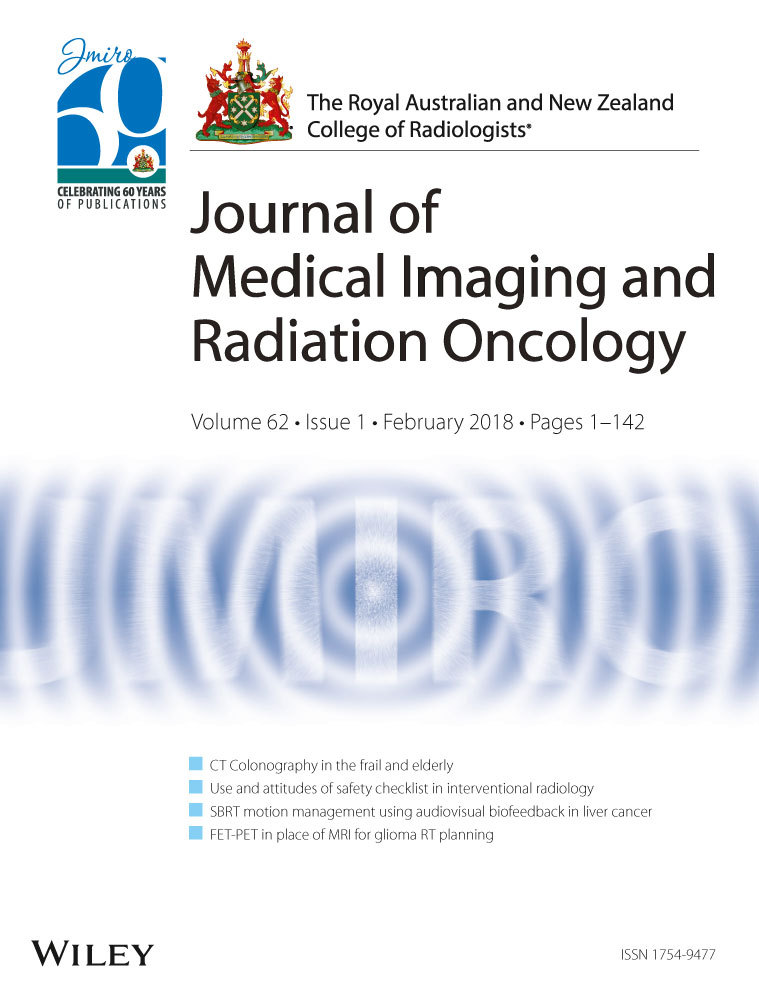Evaluation of kidney motion with and without a pneumatic abdominal compression belt: Considerations for stereotactic radiotherapy
Abstract
Introduction
The optimal delivery of stereotactic radiotherapy for kidney tumours requires an effective motion management strategy. This study assessed the effectiveness of a pneumatic abdominal compression belt in reducing kidney motion during free breathing.
Methods
Thirteen patients, with four-dimensional computed tomography (4DCT) of the abdomen in free breathing with and without a pneumatic abdominal compression belt, were retrospectively reviewed. Points of Interest (POI) were placed on each kidney to determine the greatest magnitude of displacement in all directions.
Results
Without compression, all patients had >5.0 mm motion in the craniocaudal (CC) direction in at least one kidney. Median CC excursion of the left superior pole was reduced with compression from 8.0 mm (range 2.0 mm–18.0 mm) to 4.0 mm (range 2.0 mm–10.0 mm, P = 0.047) and right superior pole from 10.0 mm (range 4.0 mm–16.0 mm) to 6.0 mm (range 2.0 mm–10.0 mm, P=value 0.051). A benefit was less evident for the left and right inferior poles with median CC excursion of 6.0 mm versus 4.0 mm and 5.0 mm versus 4.0 mm without and with compression, respectively. Median displacement in the anteroposterior direction (≤3.2 mm) and lateral directions (≤1.3 mm) was similar for left and right kidneys and not significantly altered by compression. Overall, seven patients had kidney motion reduced by >5.0 mm with two reduced by 10.0 mm.
Conclusion
A pneumatic abdominal compression belt reduced kidney motion by >5.0 mm in seven of thirteen patients. The relative benefit is patient and location specific and should be assessed on an individual basis.




